
Start with Part 1.
As promised, here is the second part of this column to give you momentum in your musical quest. To give you some points of reference, each pick has the illustrious honor of representing a distinct era.
A little clarification is necessary: my objective is to pique your curiosity and vary the musical genres as much as possible. I encourage you to explore other versions and especially read the booklets that accompany these discs. Some online music providers, such as Qobuz, provide access to this documentation.
Renaissance : ±1400 à ±1600
da Milano: Il Divino
Hopkinson Smith
Naïve E8921

The lute is one of the most popular instruments of the Renaissance, just like the viol. If hearing excellent lutenists can encourage you to delve deeper into the lute repertoire, I heartily recommend the great Hopkinson Smith, luminary in the field and gifted with a sense of extraordinary musicality. And if you had only one solo lute record to own, it would be this one. The programme, which offers a variety of masterpieces by Francesco da Milano (1497-1543) selected by Smith, hits the highest peaks and allows us to better understand the reasons why da Milano was nicknamed “Il divino”. Smith transcends one by one the many technical difficulties this music presents and elevates us directly to the heavens with pieces like “Fantasia 64″(track 5) and, especially, “Recercar 51” (track 8). It’s an excellent-sounding recording, very intimate, allowing us to savour the art of this great musician as well as the delicate and warm timbre of the instrument. At times, however, we can perceive the musician’s breathing quite easily, which might displease some listeners.
Baroque Era : ±1600 à ±1750
Into Nature. Vivaldi Seasons, Imaginarium Ensemble
Enrico Onofri (violin and conducting)
Passacaille PAS1062

Vivaldi’s Four Seasons: few works are as emblematic of their era as these violin concertos, the first four excerpts from the twelve concertos Op. 8 published in Amsterdam in 1725 and bearing the title “Il cemento dell’armonia e dell’inventione” (The Contest Between Harmony and Invention). In their original form, The Four Seasons was accompanied by sonnets depicting each of the seasons, most likely written by the red priest—Vivaldi was a Catholic priest with long, flamboyant, red hair. No one knows for sure if these poems were intended to be read during the music’s performance, but everyone agrees that this evocative music serves as a true hymn to nature. In his second version of The Four Seasons (his first with Il giardino armonico is completely exuberant and fascinating), violinist Enrico Onofri took this concept literally. Listening attentively to the sounds of nature and animals during his walks in the woods surrounding his property in Europe inspired him to perform this music in a way that could be described as naturalistic, or at least very descriptive, but without ever sounding caricature-like. Note the very natural tempi (the tempo of the first movement of “Summer” is modeled on the cuckoo song he heard at home) and the sometimes-intimate tone. With this recording, beginners will be introduced to these works with a performance of the highest caliber. Others, who know the versions of Carmignola (the most humanist performer, on Divox and Sony) or Biondi (the most virtuosic and exuberant, on Opus 111 and Erato), will certainly want to add this marvel to their collection. Also worth noting is the recording’s exceptional sound, which is “natural” as can be, with just the right amount of reverberation.
Classical Era : ±1770 à ±1800
Haydn: String Quartets, op. 20
Quatuor Mosaïques
Naïve E902881

As a second disc to familiarize yourself with the classical era, I could have directed you to an opera, a mass, or even Mozart’s Requiem. I’ll defer to your curiosity to explore this repertoire full of well-known compositions. Instead, I opted for something more discreet, but which remains emblematic of that era: the string quartet. It is one of the most important genres of Western music and much of its authorship is due to Joseph Haydn, at the turn of the 1770s. Although the “violin-violin-viola-cello” structure was used long before him by many composers, it was Haydn who contributed the most to establishing its form: four movements—a first movement in sonata form, minuet and slow movement in the center (sometimes inverted), and a finale that becomes increasingly fleshed out. The six masterpieces presented here, which were composed in 1772 and published in Paris two years later under opus 20, distill with classic subtlety the passion and will of the individual, two new ideas in vogue and disseminated by Goethe and other writers who fascinated European youth at the time. Haydn, therefore, uses the limits he imposes on himself through form to express all the refinement and melodic invention of which he is capable. This recording by the Quartet Mosaïques, which dates from 1992, has not aged a bit. It’s one of the records I play most often when I have the people I love over for dinner. The sound quality captures the sublime timbres of the instruments and their gut strings. A fantastic album.
Romantic Era : 1800 à 1900
Liszt: Années de pèlerinage
Nicholas Angelich
Mirare MIR 714

I listened to at least fifty records of 18th century music (symphonies by Brahms, lieder by Schumann, operas by Verdi and Wagner, and much piano) to complete my search and choose a second record to represent the Romantic era: Franz Liszt’s Years of Pilgrimage. The 26 numbers in this pianistic cycle are collected in three volumes (Switzerland, Italy I and Italy II) and several of them are essentials in the pianistic repertoire. This is the case with the “Obermann Valley”, after a reading of Dante and the very modern Water Games at the Villa d’Este, which inspired the young Ravel. This collection represents one of the best introductions to romanticism, because it was triggered by a meeting, in 1832, between the young Liszt, known for his bravura pieces which allowed him to shine in the Parisian salons, and the young and beautiful Marie d’Agoult, an aristocrat married to a much older man who seemed indifferent to her. The two young lovers ran away for three years, traveling through Switzerland and, especially, Italy. Three daughters were born from this scandalous union, including Cosima, future second wife of a certain Richard Wagner. In Years of Pilgrimage, Liszt dwells on literary memories and his visits to famous places, delivering the powerful reflections of a truly romantic soul. The version by the late Nicholas Angelich remains one of the most eminent for its sense of evocation and its nimble and natural articulation, hewing close to a meditative cantabile. An excellent-sounding recording with fascinating liner notes.
“Modernity” : 1900 to Present
Debussy: Complete Works for Piano
Jean-Efflam Bavouzet
5 CDs Chandos CHAN10743(5)
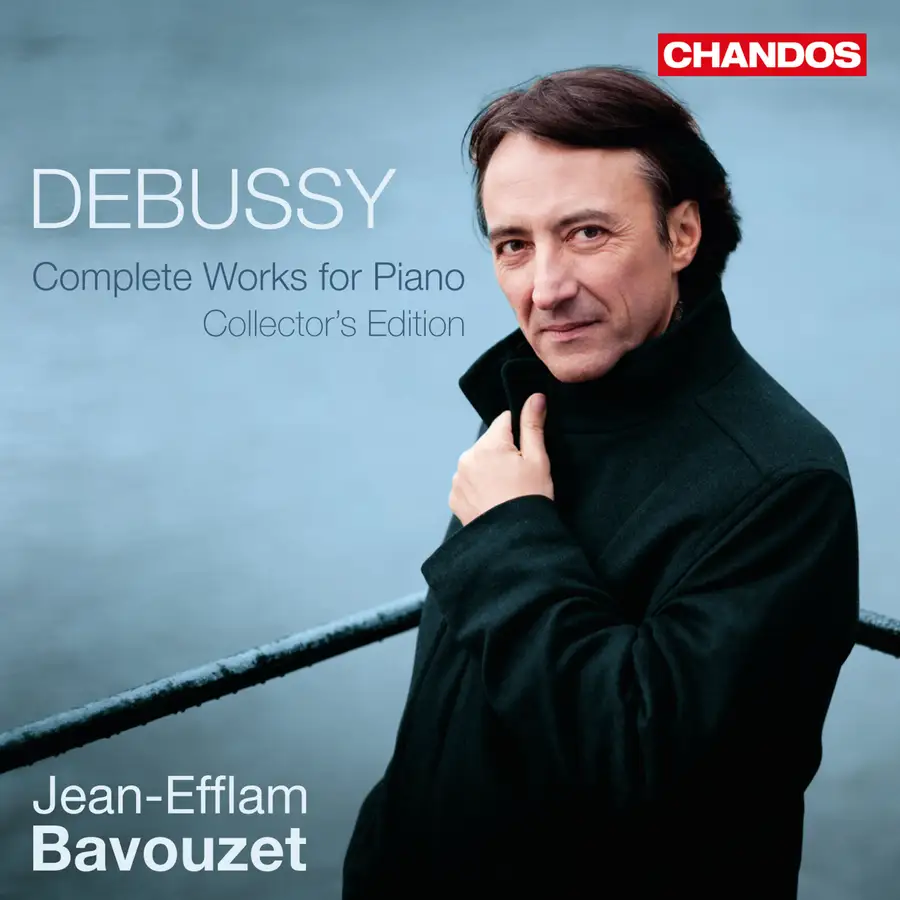
Debussy’s music marks a turning point in the history of music. Considered by many as the first Westerner to compose with sounds rather than notes, it was first in his orchestral music that he asserted himself. However, it is to his pianistic work, which dates from the composer’s maturity, that I would like to draw your attention, first and foremost for the sheer beauty of this repertoire, but also for its revolutionary qualities. There are many complete works of Debussy’s piano work (four to five discs, depending on the pianist and publisher) that are worth their weight in gold. One is by Walter Gieseking (Warner), with its captivating atmosphere; another by Samson François (EMI), unfinished and marked by great freedom. The choice for audiophiles, however, should be the collection by Frenchman Jean-Eflam Bavouzet, for its combination of great performances and sound. The pianist’s playing is masterful and fascinating across the five volumes, as much by the naturalness of his phrasings, as by his touch of inventiveness and the risks he pulls off to perfection. In Preludes (volume 1), Bavouzet kneads each sound with rare delicacy and virtuosity. To savour this corpus, I suggest you first turn to the 3rd volume, which contains a bouquet of more delicate pieces like “La plus que parfait” and two essential suites, “Children’s Corner” and the very beautiful “Suite bergamasque”. The sound quality is simply mind-blowing. Go to track 10 of the first disc, “The Sunken Cathedral” (10th prelude to the 1st book), turn up the volume, and close your eyes…


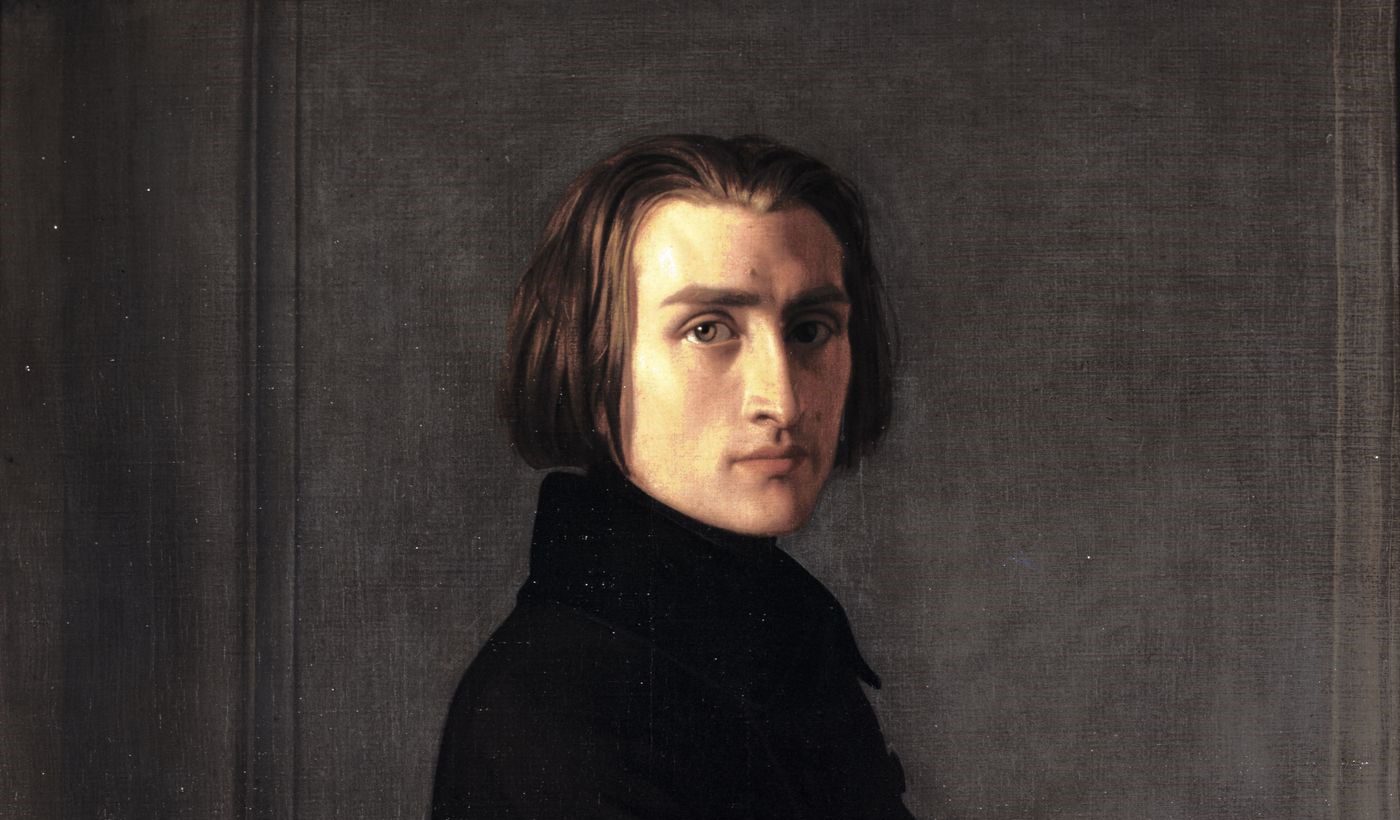


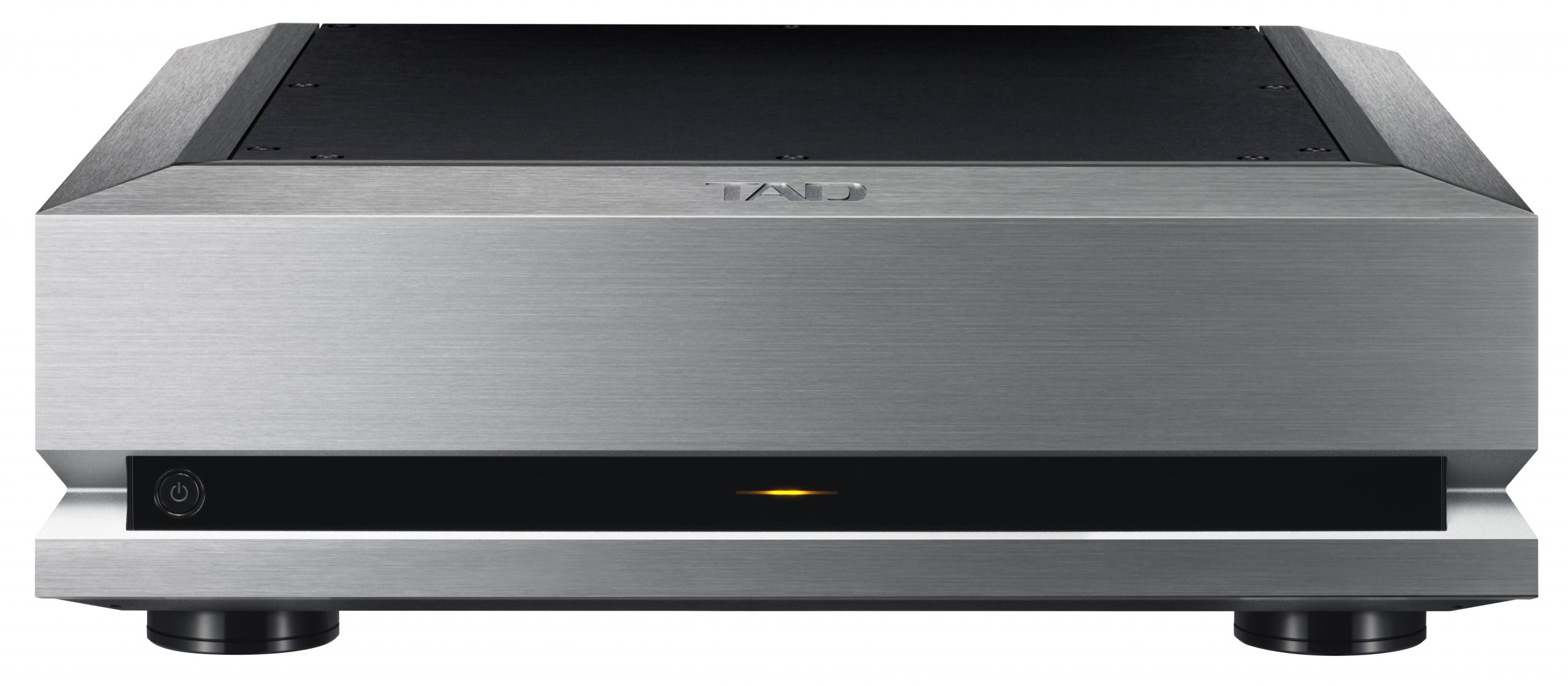
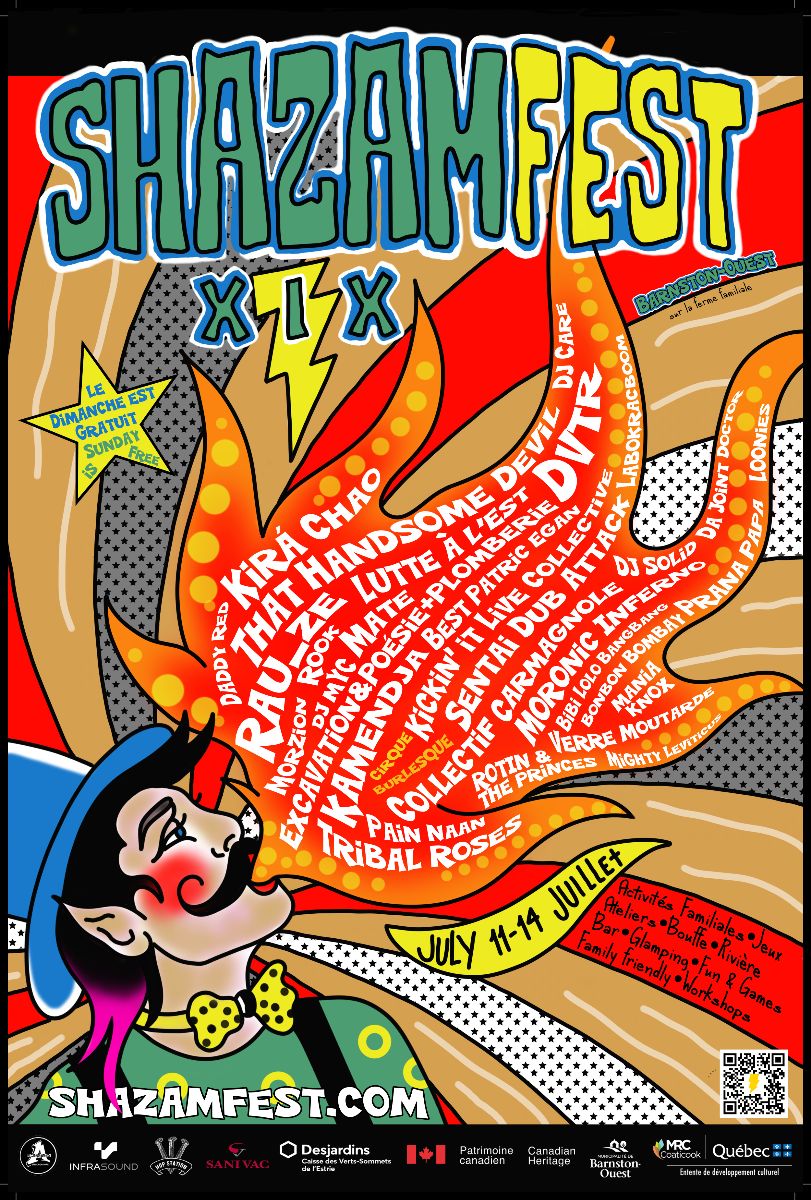
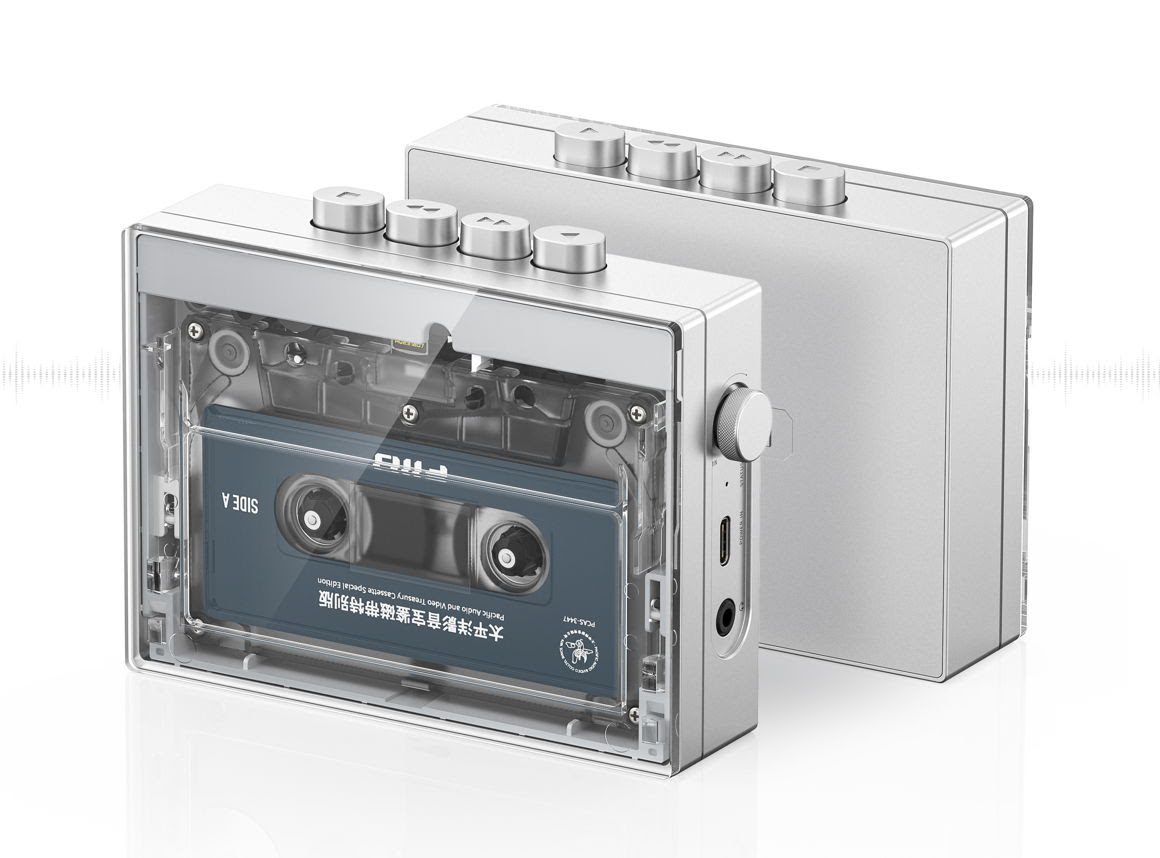

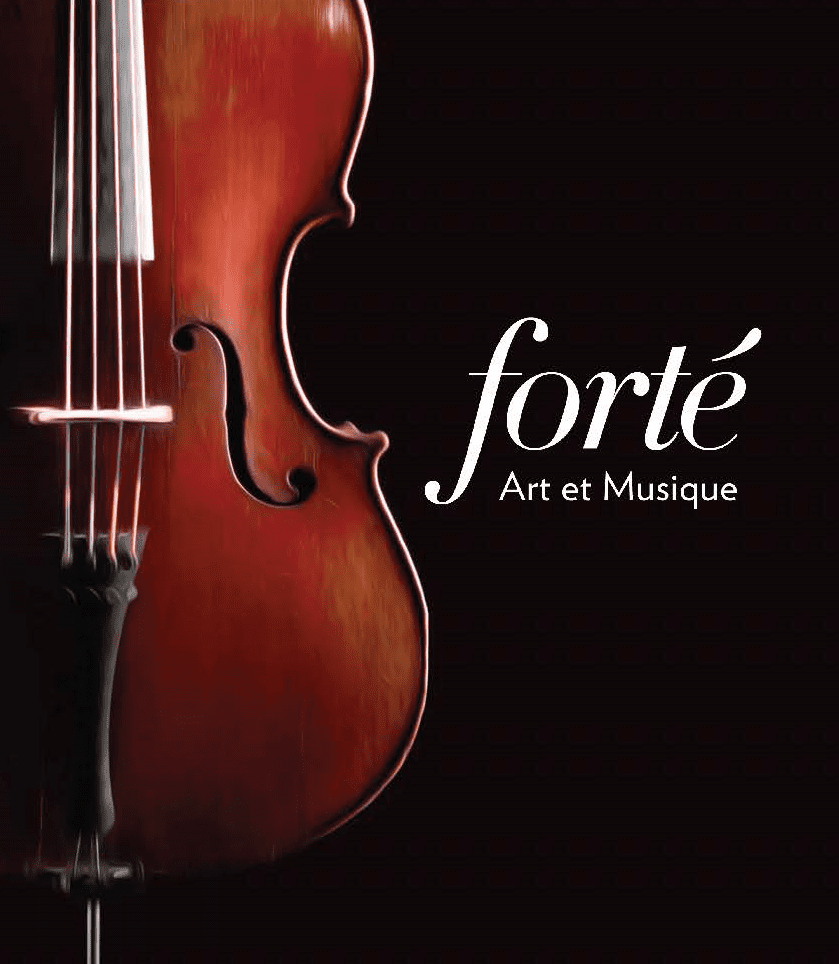
Leave a Reply